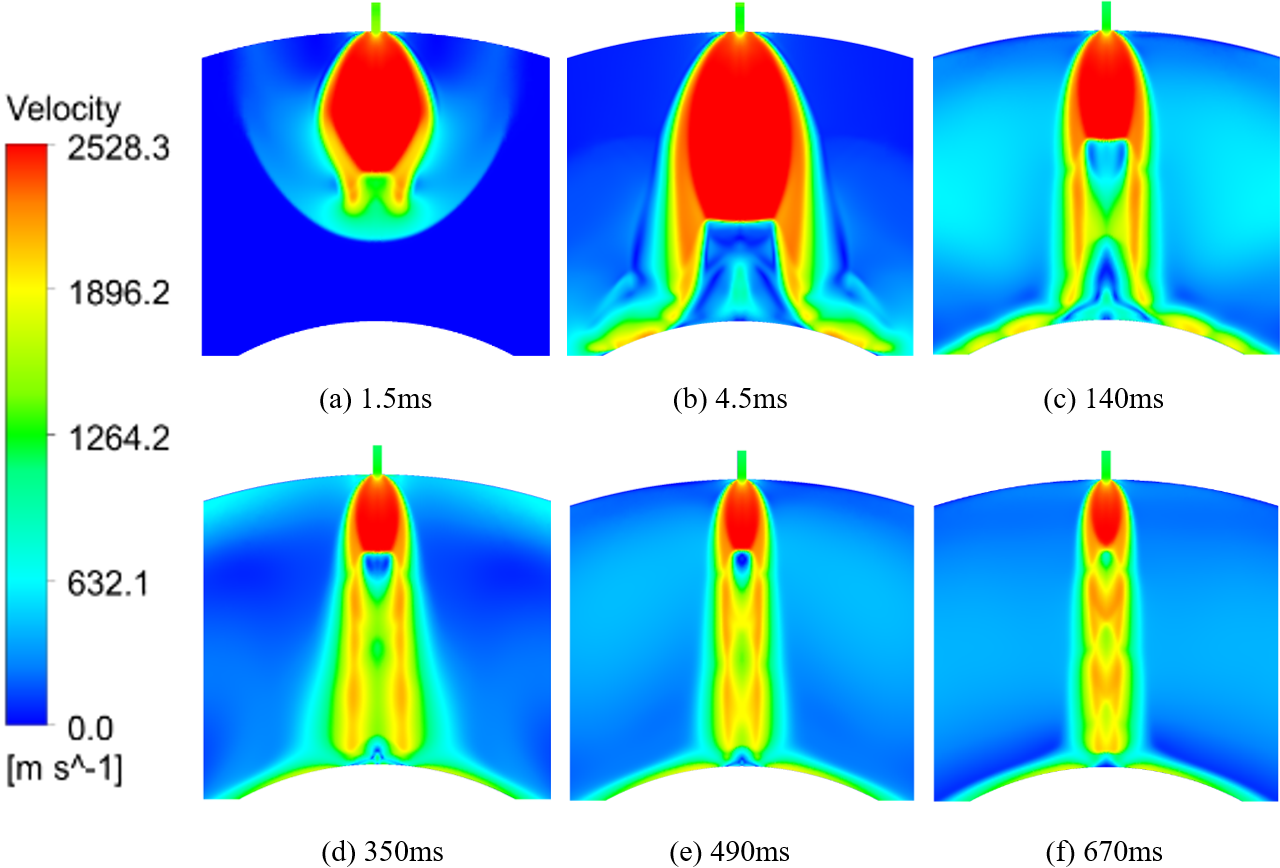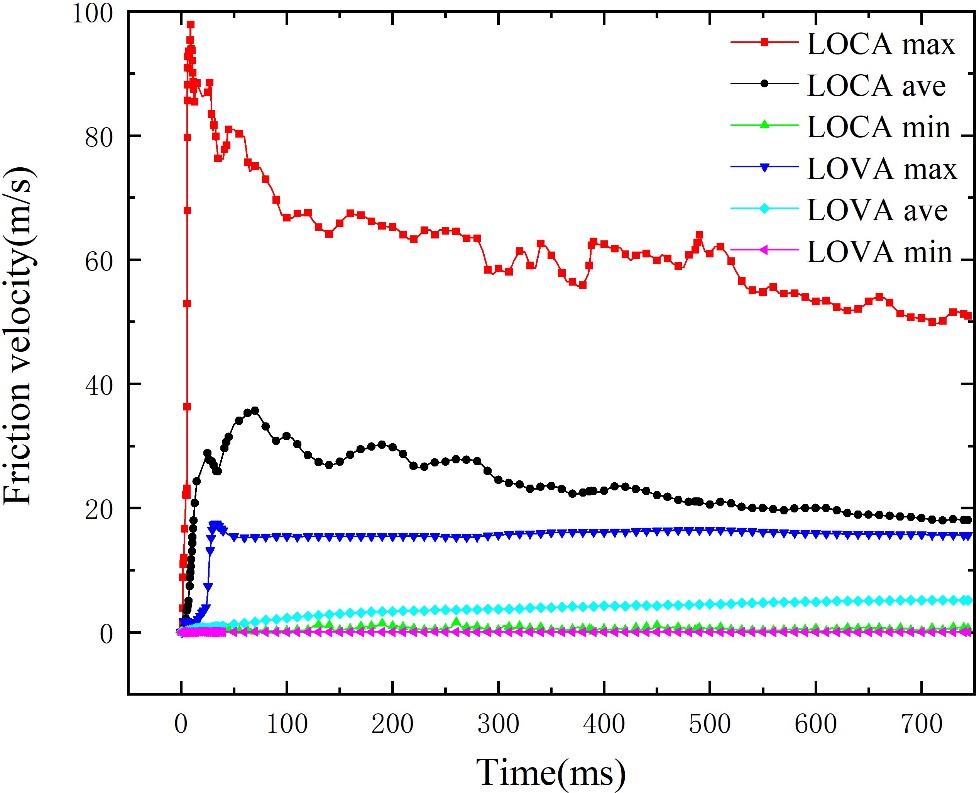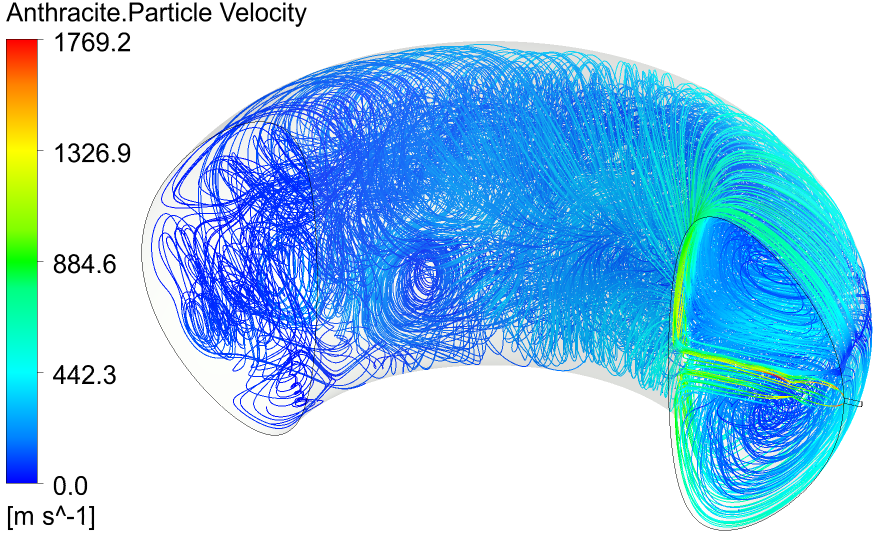Researchers Evaluate In-vessel Loss of Coolant Accident for Helium-cooled Blanket in Fusion Reactor
Nuclear fusion is the progress taking place every second in the Sun to provide light and heat that the Earth lives on.
For human who is dreaming to bring the sun power to the earth through controlled fusion reaction will face tons of challenges of which some are physical problem the other are technology or engineering.
Study on in-vessel loss of coolant accident (LOCA) for helium-cooled blanket is one of those huge challenges.
Recently, a research group from Institute of Nuclear Energy Safety Technology, Hefei Institutes of Physical Science(HFIPS), Chinese Academy of Sciences (CAS) conducted a simulation to explore LOCA for helium-cooled blanket and what they have found may bring some inspiration.
In fusion reactors, plasma operates inside with extremely high energy reacts inevitably with the First Wall of the vacuum vessel. Sputtering and stripping of the First Wall material take place during the reaction then generating metal dusts like tungsten, beryllium and other micron metals. This kind of dusts, after absorping tritium and activation of high-energy neutron, turns out to be highly radioactive.
When in-vessel LOCA of a helium-cooled blanket happens in the fusion reactor, the high-pressure helium gas ingresses into the vacuum vessel producing highly underexpanded jet, which impacts the radioactive dusts depositing at the bottom of vacuum vessel. Resuspension and migration of the radioactive dust come after. These movements place bad effect on the reactor's operation and even worse, leads to the leakage of radioactive materials.
The team, in this work, simulated how the flow field in the vacuum vessel changed and how the dust migrated at certain time in the in-vessel LOCA. And based on their simulation, they took the exploration further to compare the difference of flow field between in-vessel LOCA and the loss of vacuum accident (LOVA).
The simulation showed Mach disk structure that formed near the break after helium entered the vacuum vessel. This change got the pressure in the VV rise rapidly to relief limit of the vacuum vessel pressure suppression system.
The in-vessel LOCA went on. Mach disks were moving toward the equatorial break of the vacuum vessel with its shape continued to shrink and the number of structures gradually increased.
Compared with the LOVA, the in-vessel LOCA had a higher friction velocity leading to a greater probability of dust resuspension and radioactive risk.
"We really hope our work might be some help for exploration of LOCA study," said CHEN Zhibin, who led the team.
This work is supported by the National Key Research and Development Program of China and National Natural Science Foundation of China.

Figure1 Velocity distribution of the underexpanded jet in the LOCA

Figure2 Evolution of friction velocity

Figure3 Dust trajectory at 700 ms














